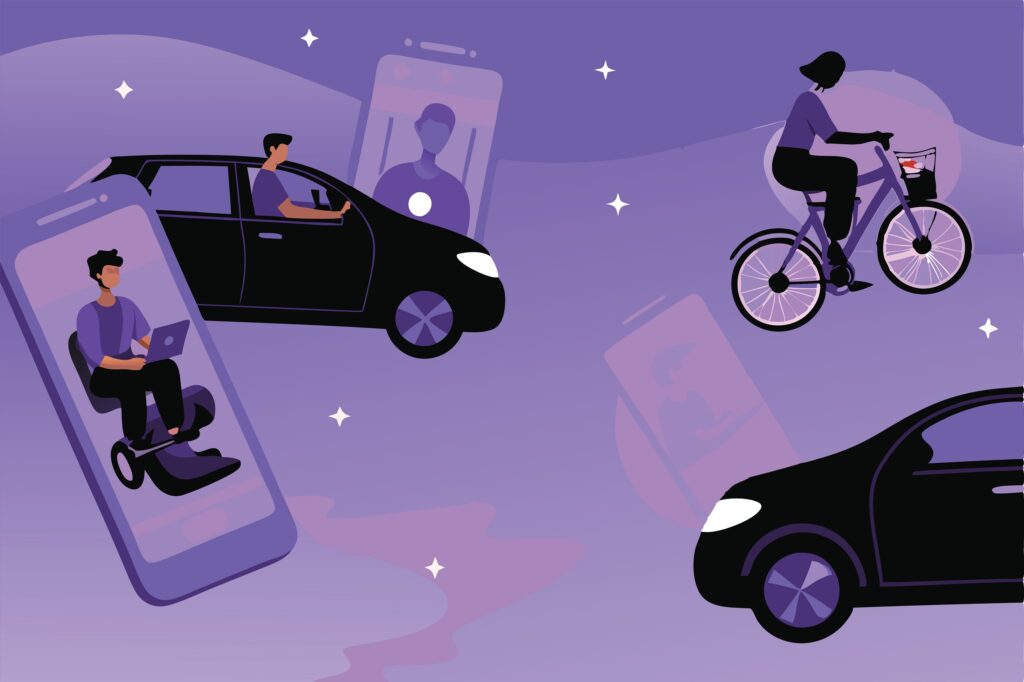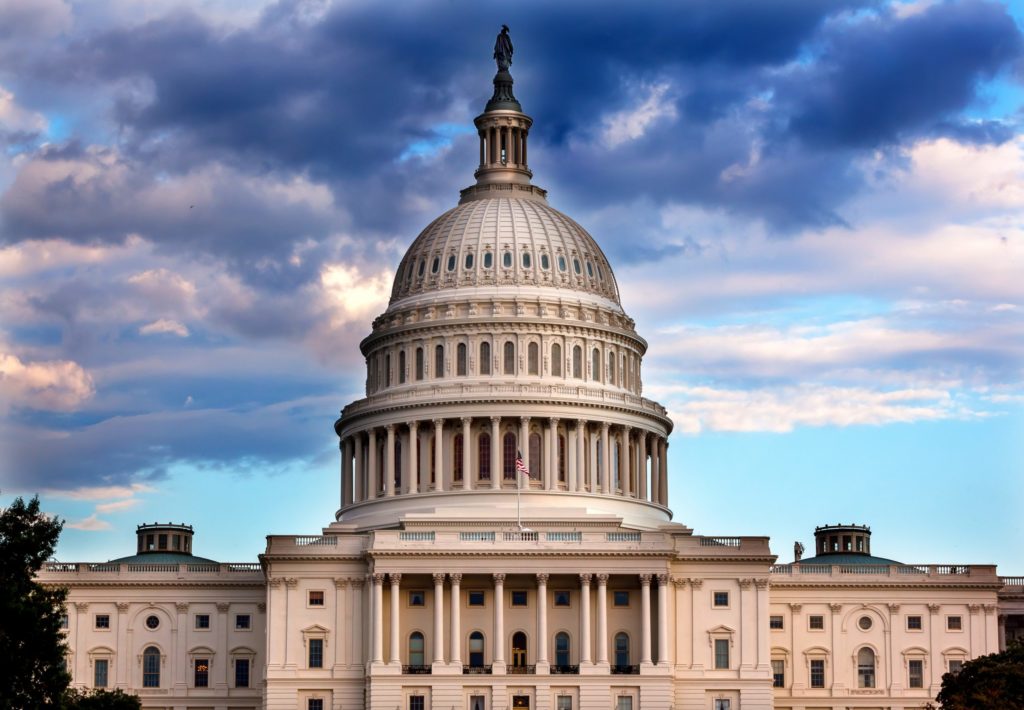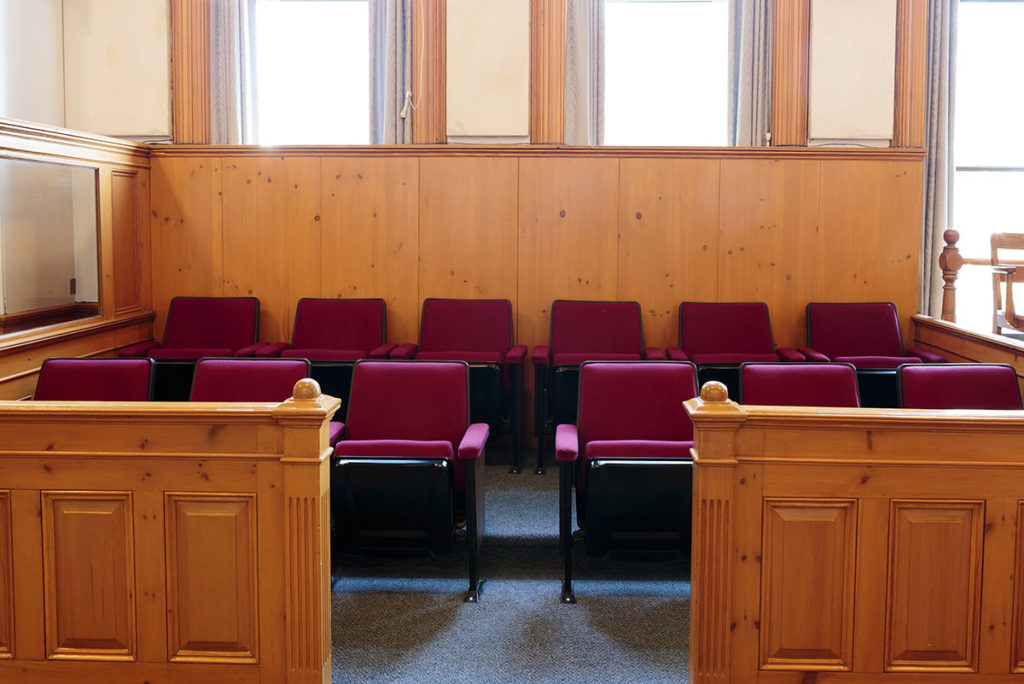When did the Imagineers lose their imagination?
In a recent storyline of FX’s “The Americans,” the show’s protagonists – Phillip and Elizabeth Jennings, and their children Paige and Henry – were set to take a trip to Walt Disney World’s Epcot Center. Alas, fate intervenes in the form of a deadly bioweapon, and the Jennings family’s vacation plans are scuttled indefinitely.
So it goes for characters in period dramas – at least, those who also happen to be undercover Russian spies.
The Epcot episodes of “The Americans” were set in March 1983, at which point the Florida theme park was just five months old. Even still, it so happens that my own real-life family beat them to the punch. We first visited Epcot in November 1982 – equally five weeks after the park opened and five weeks before my ninth birthday. I remember not just the experience, but the interminable buildup: months and months of awaiting the pilgrimage to this magnetic mecca of modernism, which had been calling to me ever since I first saw the concept designs in The Weekly Reader.
I will say it did not disappoint. Indeed, every single detail was nothing short of pants-shittingly cool, down even to the icons that adorned each pavilion. I still don’t quite know why these perfectly efficient examples of clean modernist commercial design were so appealing to my young brain. Perhaps even without knowing the first thing about design, I appreciated how they managed simultaneously to be both nearly inscrutable and to illuminate abstract concepts with just a few simple lines. For a sense of just how lasting an influence even that small touch could have, check out the topic buttons we use on the front page of RStreet.org:
And compare them to these Epcot originals:
Needless to say, there was more to the place than just iconography. It was at Epcot that I got my first glimpse of a real-life robot, the automotive manufacturing arm that co-starred in “The Bird and the Robot” show at the World of Motion pavilion. It’s also where I used my first real-life videophone, on display at the wonkily named cathedral of technological miscellany called “Communicore.” Within The Land pavilion, I ate at my first rotating restaurant, overlooking a boat ride through a Space Age greenhouse where I first learned the mysterious term “hydroponics.”
In the Germany pavilion, I had my first taste of sauerbraten, while in the Italy pavilion’s original restaurant – L’Originale Alfredo di Roma Ristorante – I first sampled the decadent fettucine dish that made Alfredo di Lelio famous.
There was the Universe of Energy, where one’s senses were assaulted by a preshow movie displayed on a “screen” composed of 100 turning cubes – an effect its creator called “the kinetic mosaic.” From there, the very theatre in which you were sitting started to move, as you were drawn into a “primeval diorama.” You felt the humidity, smelt the swampy water and, when you looked up, there he was 60 feet above your head – a brontosaurus munching on some leafy greens. Ten years before “Jurassic Park,” this was as close as one could get to communing with what appeared for all the world to be real dinosaurs.
I remember the tenebrous atmosphere of the Mexico pavilion where, through marvels of forced perspective and meticulous matte paintings of a tropical nighttime sky, a visitor was made to feel he was looking at a real volcano erupting off in the distance behind some genuine ancient temple ruins. I remember the whimsical airborne arcs of water that “hopped” from fountain to fountain outside the transcendent glass pyramid called “Journey to Imagination.”
And in the center of it all, there it stood. Impossibly large and impossibly intricate, just as it was in my Weekly Reader – the 11,520 isosceles triangles that form the perfect geodesic sphere of Spaceship Earth.
The names Ray Bradbury and Buckminster Fuller would come to loom large for me later in my life, but they didn’t mean anything to me then. Thus, I didn’t know that the former helped to design Spaceship Earth and to write its original storyline, nor that the latter – the apostle of the geodesic dome – had given it its name and developed its underlying structural mathematics. What I did know was that — walking out of the park each evening, the smell of orange blossoms on the warm Florida air, every color of the rainbow reflected off its thousands of shimmery surfaces – my not-quite 9-year-old brain could not fathom anything more beautiful.
My family would return to Orlando – and thus, to Epcot – in 1985 and 1989 and 1995. Naturally, it was difficult for subsequent visits to recreate the magic of that initial exposure. Though it remained my favorite theme park in the world, it’s unquestionably true that, by 1995, much of Epcot’s “futuristic” predictions from 1982 were already looking decidedly dated and many of the attractions were very much worse for wear.
As a journalist, I also covered the opening of the park’s brief-lived “Millennium Village” in 1999 (more on that later). But I had not been back in more than 20 years until this past Friday, when my wife and I took a day trip to visit.
What I can report is that a lot has changed at Epcot in the past two decades. Most of the recent changes were probably predictable. Disney Corp. understandably wants to leverage its intellectual property across all its theme parks, and Epcot is no exception. The costumed Disney cast members who once were limited to the Magic Kingdom are now ubiquitous. A number of Epcot attractions and pavilions – in both the Future World and World Showcase parts of the park – have been rejiggered to tie in more directly with other Disney properties.
Corporate synergies of this sort need not necessarily be too much of a damper on the experience, were they not deployed in a way so contrary to the original spirit of the place – as somewhere that would inspire children to learn more about the world in which they live and the future they stand to inherit. What remains, while arguably more entertaining than their original incarnations, is a World Showcase no longer terribly interested in showcasing the world and a Future World no longer even the slightest bit interested in imagining the future.
Cultural appropriation for fun and profit
The biggest problem with the World Showcase isn’t so much what has changed as what hasn’t. There were nine national pavilions when Epcot opened in 1982: Canada, the United Kingdom, France, Italy, Japan, Germany, China, Mexico and, as the centerpiece, the American Experience. Morocco (contrary to common belief, the only one of the pavilions actually sponsored by a national government) was added in 1984, while Norway joined in 1988. Despite having the room to accommodate as many as six to 10 more attractions, there have been no additions to the World Showcase lineup in the past 28 years. Planned pavilions for Spain, Israel and Equatorial Africa (announced in the 1982 brochure below) never materialized. A planned Rhine River ride for Germany and other planned attractions for Italy and Japan also never got off the ground.
Israel would eventually make an appearance in the aforementioned Millennium Village, a temporary attraction that ran from October 1999 through the year 2000, and that also included exhibits for Brazil, Chile, Eritrea, Saudi Arabia, Scotland, Sweden and even Easter Island. As many as a dozen other countries were represented in some fashion in either the pre-show presentation, in an area for indigenous artisans or in what was, I can testify, a fairly impressive food court. The space is now used primarily for conventions and other one-off purposes.
Taken as a whole, the World Showcase is light on rides, heavy on restaurants and gift shops. All are staffed with natives of the respective countries, who generally are outfitted in some sort of laughably stereotypical indigenous garb (thus, fezzes and disha dashas in Morocco, lederhosen in Germany). The restaurants range in quality from the more-or-less passable (Morocco, France) to incredibly overpriced versions of the same sort of heavily Americanized cuisines (China, Mexico) that most visitors will find in their local strip mall back home. The gift shops offer an experience akin to what my wife describes as “visiting the duty-free stores of each country’s national airport.”
But these are not new quibbles. They were true right back to opening day. What has changed is largely the effect of a creeping Disneyfication of the park. Mulan now hangs out at the China pavilion. Aladdin and Jasmine do the same at Morocco. In 2007, the Mexico pavilion’s original “El Rio Del Tiempo” boat ride was revamped to feature The Three Caballeros, stars of the 1944 Donald Duck film of the same name that Walt Disney produced as a goodwill gesture toward the South American market. A similar revamp is currently underway in the Norway pavilion, where the excellent “Maelstrom” boat ride, which had a Viking theme and was almost unquestionably the best attraction in World Showcase, is being replaced with one devoted to the 2013 smash “Frozen.”
To be sure, Edward Said would have a field day with World Showcase’s representations of the Constitutive Other. This is perhaps inevitable with any attempt to offer capsule versions of entire (and in many cases, ancient) cultures as cheap entertainment for mass consumption. That is not primarily my battle here, though it bears mentioning that whatever risk of inappropriate stereotyping is inherent to the enterprise becomes magnified several hundredfold when such cultures are literally represented by cartoon characters (for WDW’s worst offender on this score, see the Magic Kingdom’s “It’s a Small World,” an attraction that comes off as mind-blowingly racist by modern sensibilities).
Bearing all of that in mind, an argument can be made that perhaps it’s fortunate the World Showcase didn’t have the chance to extend that same insensitive treatment to even more cultures. One shudders to think how the Equatorial Africa pavilion might have turned out.
But even as I acknowledge the many ways in which Disney’s fast-food versions of world cultures are problematic, I also think its heart is in the right place. For many middle-class families – and particularly those with small children – a European vacation (much less one to more far-flung destinations like Morocco or China) isn’t financially within reach. Even with all its flaws, the World Showcase introduces tens of thousands of children every year to the ideas of world travel and cultural exploration. One of the park’s best features is the ersatz “passport” it offers to families, which visiting kids can have stamped in each new “country” they visit. I therefore find it a disappointment that so many of the world’s great cultures – yes, Israel and Spain and “Equatorial Africa,” whatever that would have been, but also Russia, India, Ethiopia, Greece, Brazil, Egypt and so many others – still aren’t here for the sampling.
No future, no future, no future for you
If Epcot’s World Showcase suffers from stagnation, its Future World has taken multiple steps backward. It isn’t just that the park’s vision of the future is outdated, which would be understandable and, perhaps, inevitable. It’s that Disney clearly has employed the intentional strategy of making sure any vision of the future – even the past’s vision of the future, or what’s sometimes called “retro-futurism” – is fully scrubbed from the park.
Where The Living Seas once invited guests to take a “hydrolator” down to Seabase Alpha and board “seacabs” for a tour of the coral reefs, the pavilion has since ditched all the science-y trappings in favor of a “Finding Nemo”-themed ride.
Where the Wonders of Life pavilion once offered “Body Wars” — an “Innerspace”-style journey inside the human body — the physical space it once occupied now serves as Epcot’s Festival Center, where patrons instead test how much alcohol their own bodies can retain during the annual Epcot International Food & Wine Festival (thus making it perhaps the park’s most profitable real estate, even if it isn’t used most of the year).
Those perfect little pavilion icons are gone, having been replaced by sad and neglected directional signs. “The Bird and the Robot” is gone, too, as is the entire World of Motion pavilion. In its place is TestTrack, arguably the park’s most popular attraction (its only real competition is “Soarin’,” a hang-glider simulator imported from the Disney California Adventure park). TestTrack dispenses with all of World of Motion’s ruminations on the past and future of human transportation systems. But it does give the people what they really seem to want most – a car ride that goes “zoom.”
Indeed, as evidenced by the loss of World of Motion and changes made over the years to exhibits like Spaceship Earth and Universe of Energy, it isn’t just the future that’s been stripped from Future World – Disney isn’t all that interested in the past or present either. The Universe of Energy still has its primeval diorama (albeit looking far creakier than it did 30 years ago), but the kinetic mosaic is long gone. In its place is a rather stilted 1996 intro film starring Ellen DeGeneres (along with costars Bill Nye, Jamie Lee Curtis and Alex Trebek) that is every bit as much frozen in amber as any of Jurassic Park’s DNA-hording mosquitoes, if for no other reason than how little resemblance these still-recognizable stars have to their Clinton-era selves.
But of all the lost and forgotten attractions I miss from the Epcot of yore, the one whose absence best illuminates how the park has changed is Horizons. Sponsored by General Electric, Horizons served as a spiritual sequel to the “Carousel of Progress” Disney built for GE’s pavilion at the 1964 New York World’s Fair. The dark ride invited visitors to imagine daily life in any number of contingent futures – in the desert or under the sea, in towering urban skyscrapers or off into the farthest reaches of outer space.
In Horizons’ old spot today is Mission: Space, a space-flight simulator that’s more or less a revamp of the Magic Kingdom’s old Mission to Mars ride. The subject of space exploration is, of course, a natural fit for Future World, but Mission: Space boils all of it down to the dumbest possible element – daring riders not to vomit even as they are spun in centrifuges that simulate 2.5G.
Horizons, which closed permanently in 1999, came the closest of any Epcot attraction to fulfilling Walt Disney’s original vision — as hubristic and totally batshit crazy as it was — for the Experimental Prototype Community Of Tomorrow, which he outlined in this short 1966 film shot just weeks before his death:
The central problem with Horizons, and with Future World more generally, can perhaps best be understood by examining its predecessor, the Carousel of Progress, which for reasons that elude millions of visitors each year, does continue to churn on at the nearby Magic Kingdom.
When it debuted in 1964, the Carousel’s four acts showed the progress of consumer items in a typical American home, spread out over roughly regular 20-year intervals: the turn of the century, the 1920s, the 1940s and “today.” But of course, what constitutes “today” is an ever-shifting paradigm. Even just three years after its debut, when the attraction was moved to California’s Disneyland in 1967, the final act already had to be updated. It was updated again when it moved to the Magic Kingdom in 1975 and has seen three subsequent updates in 1981, 1985 and 1993.
The problem is that the gap from act three to act four continues to grow larger and larger. We are now roughly as far away from the original “today” of 1964 as those in 1964 were from the turn of the century. This lends the entire attraction something of a ludicrous feeling now. Disney eventually just passed the point of no return where they no longer considered it worthwhile to update the show. Other than some minor tweaks, such as replacing the television screens with HDTV flat panels in 2011, the current show is still essentially that 1993 version.
In other words, the Disney Imagineers eventually just gave up, just as they have at Future World. Keeping up to date with visions of the future is a costly process, bound for futility. Disney, after all, is in the business of selling admission tickets at a profit, not indulging the pitiful nostalgia of childless 40-somethings looking to recapture their youth.
And I’m well aware that my own rose-tinted glasses have led me to gloss over how much Epcot’s shortcomings go back to opening day. Just as with World Showcase, some of Future World’s problems were baked in to its DNA. The fact that all of the original pavilions were corporate-sponsored meant that many essentially were just extended commercials — “better living through chemistry” style propaganda.
Nonetheless, in this era of heightened xenophobia and diminished work skills, amid talk of a Great Stagnation and a giant wall on our southern border, I contend we need Epcot now more than ever. We need dozens more pavilions exposing our children to overly simplistic treatments of foreign cultures. We need hokey dark rides about nanobots and 3D printing and driverless cars, need Elon Musk to build a mini-Hyperloop and Google to sponsor a pavilion about the Internet of Things. We need just ONE amusement park whose goal is to inspire children to DO, not just to receive.
All is not lost. Spaceship Earth is still there, waiting for a new, more visionary captain to pilot it. Here’s to hoping that whatever form Epcot takes in the near or distant future, that big gleaming golf ball will continue to serve as a source of inspiration to all of the not-quite 9-year-olds, that they might still look up at it with awe and wonder.














